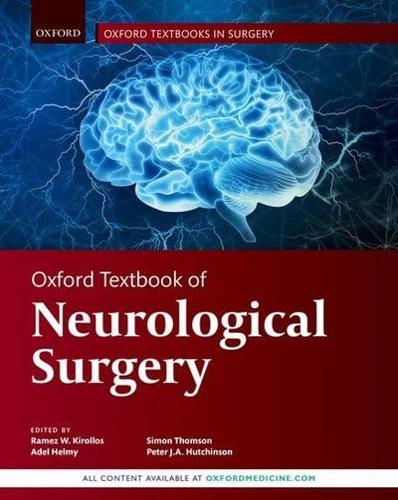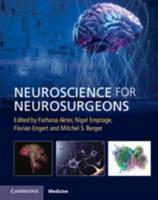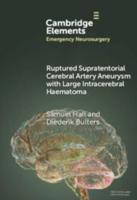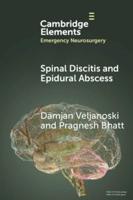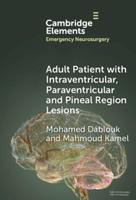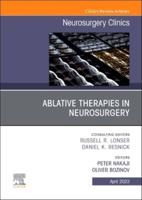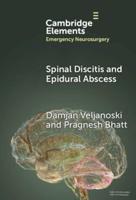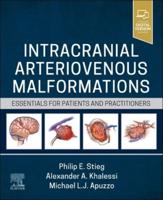Publisher's Synopsis
Neurosurgery is a rapidly developing and technically demanding branch of surgery that requires a detailed knowledge of the basic neuro-sciences and a thorough clinical approach. The Oxford Textbook of Neurological Surgery is an up-to-date, objective and readable text that covers the full scope of neurosurgical practice. It is part of the Oxford Textbooks in Surgery series, edited by Professor Sir Peter Morris. The book is split into 20 overarching sections (Principles of Neurosurgery, Neuro-oncology of Intrinsic Tumours; Extra-axial Tumours and Skull Lesions; Cerebro-Pontine Angle Tumours; Sellar and Supra-Sellar Tumours; Posterior Fossa Tumours; Pineal tumours; Uncommon Tumours and Tumour Syndromes; Neurotrauma and Intensive Care; Vascular Neurosurgery; Principles of Spinal Surgery; Spinal Pathology; Spinal Trauma; Peripheral Nerve Surgery; Functional Neurosurgery; Epilepsy; Paediatric Neurosurgery; Neurosurgery for Cerebrospinal Fluid Disorders and Neurosurgical Infection). Each section takes a dual approach with, 'Generic Surgical Management' chapters that focus on specific clinical problems facing the neurosurgeon (e.g. sellar/supra-sellar tumour, Intradural Spina Tumours etc.) and 'Pathology-Specific' chapters (e.g. Glioma, Meningeal Tumours, Scoliosis and Spinal Deformity, Aneurysm etc.). Where appropriate, this division provides the reader with easily accessible information for both clinical problems which present in a regional fashion and specific pathologies. The generic chapters cover aspects such as operative approaches, neuroanatomy and nuances. Specifically each chapter in the book incorporates several strands. Firstly the fundamental neuroscience (anatomy, pathology, genetics etc.) that underlies the clinical practice. Secondly, a review of the requisite clinical investigations (e.g. angiography, electrodiagnostics, radiology). Thirdly, a thorough evidence based review of clinical practice. Following this a consideration of the key debates and controversies in the field with 'pro-' and 'con-' sections (e.g. minimally invasive spine surgery, microsurgical treatment of aneurysms) is provided. A summary of the key papers and clinical scales relevant to neurosurgery form the concluding part. The book is a 'one-stop' text for trainees and consultants in neurosurgery, residents, those preparing for sub-specialty exams and other professionals allied to surgery who need to gain an understanding of the field. It acts as both a point of reference to provide a focussed refresher for the experienced neurosurgeon as well as a trusted training resource.
